How To Appraise Pearl Jewelry?

Whether nestled in a classic strand or a statement ring, pearls hold a mysterious allure.
Undoubtedly, they are mesmerizing, but have you ever wondered how much those little beauties are actually worth?
Appraising pearls unlocks their hidden worth.
We'll dive into the world of pearl worth and explore everything from their birth (natural or farm-raised) to their sparkle (read luster) and their setting (is it fancy or simple?).
Suppose you are a jewelry enthusiast, a collector, or someone looking to sell or purchase a piece of pearl jewelry.
In that case, we will help you understand how to appraise its value is essential. So, let us get started.
The value of natural pearls vs cultured pearls
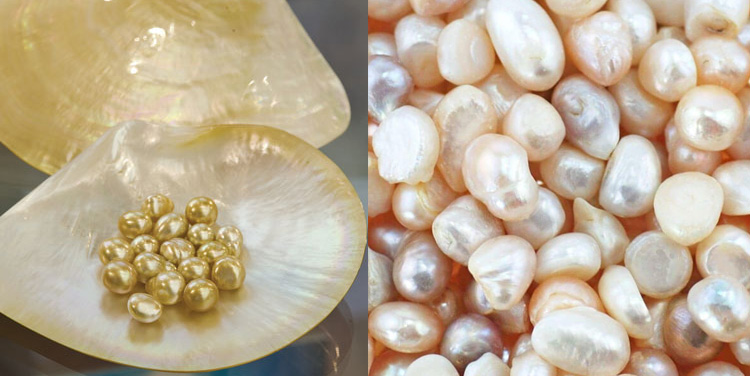
Pearls are natural glistening objects that are formed after an irritant is introduced into an oyster.
The defense mechanism of the latter comes into play, turning the foreign substance into a stunning beauty.
However, with human intervention, it is now possible to cultivate pearls in freshwater as well as seawater.
So, how does the value of these two categories compare, and which holds greater value?
Natural pearls are a rare treasure formed by chance when a tiny irritant enters an oyster.
Unlike cultivated pearls, which are grown with care, these gems are available in all shapes, sizes, and colors.
But these beauties come at a price. The divers risk their lives to find them, making them super expensive.
The La Peregrina Pearl, for example, is worth a whopping $187 million. Even smaller ones can cost thousands.
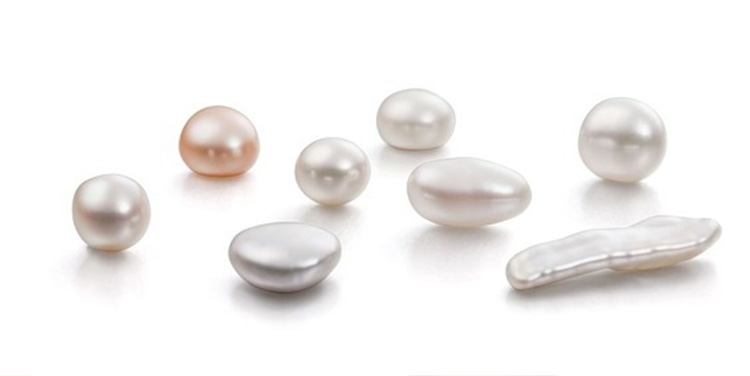
Enter cultured pearls. These are the result of human intervention.
Pearl farmers initiate the nacre secretion process by inserting a bead into an oyster's mantle, thus guiding the pearl's shape and size.
This controlled environment allows consistent production, making cultured pearls more affordable.
While these do not possess the same charisma as their natural counterparts, different cultured pearl types offer exceptional value for their beauty and quality.
But value is not solely dependent on the price. Natural pearls, born from chance encounters, hold a deeper romanticism.
Their imperfections tell stories of their wild origins, and owning a piece feels like possessing a piece of nature's fate.
For others, the consistent beauty and affordability of cultured pearls are more appealing.
These pearls, nurtured by human care, represent the artistry of pearl farming, a blend of nature and science.
Furthermore, how a pearl makes you feel is also a determining factor. Some people like rare, wild pearls.
Others prefer the perfect shine of cultured pearls, and for some, the magic lies in the story of the pearl itself.
Ultimately, every pearl has a secret tale of beauty and the amazing things that happen over time, no matter where it came from.
How to determine the value of pearl jewelry
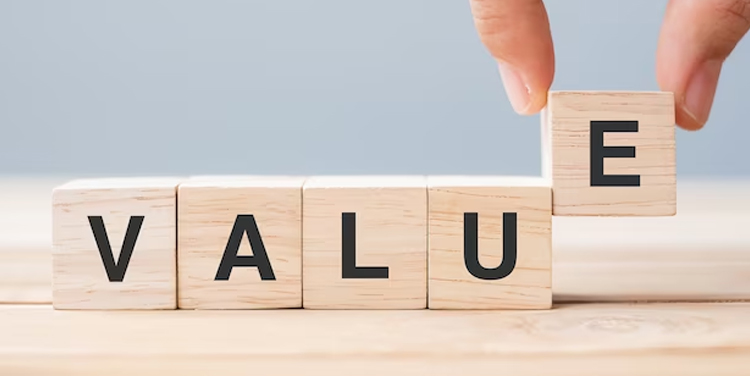
To know the real value of your pearl jewelry, you must consider the following seven factors.
Pearl Type
Natural pearls, being extremely rare, are extremely costly.
Cultured pearls are considered an affordable option; however, some cultured pearl types are valuable, too.
For instance, the value South Sea pearl strand, also known as the "Rolls Royce of pearls," starts from $1000. Akoya pearls come second.
The best part is that both are value-preserving and can last generations when maintained well.
Shape
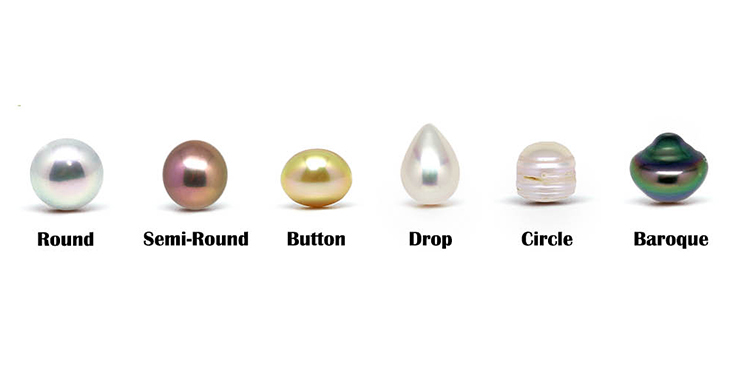
The most prized pearl shape is round. Symmetrical shapes like oval, pear, and button follow this.
Baroque pearls, with their irregular shapes, hold less value, although they are exceptionally unique forms that collectors prize.
Size
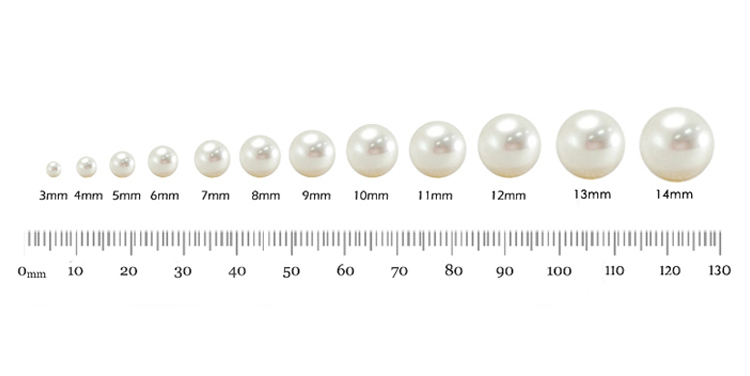
If the pearls in your jewelry are large and display minimal or no flaws, you can expect this piece to be more valuable than its smaller counterparts.
This is mainly due to their rarity and the difficulty in cultivating these giant objects.
Color
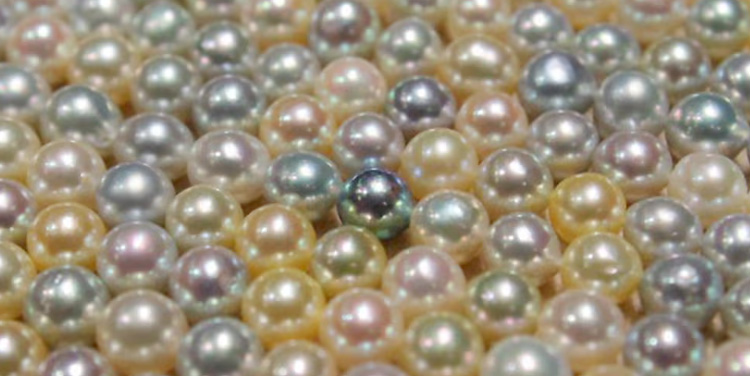
White, cream, and pink are the most common hues used in pearl jewelry.
Whereas black, gold, and blue are rare and thus demand higher prices due to their desirability.
Surface
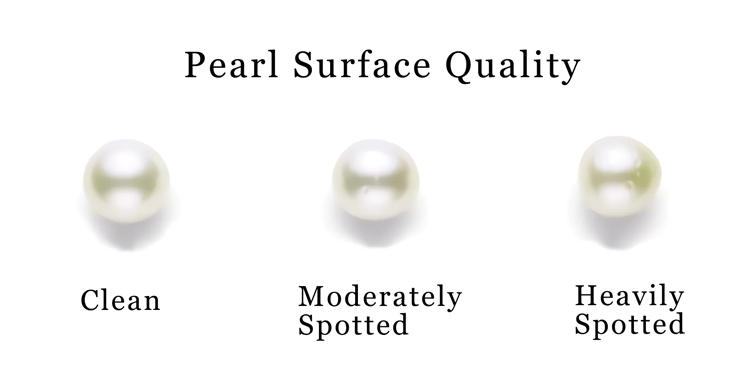
If a pearl surface is free of blemishes or imperfections, it will fetch a higher value.
It is interesting to note that even minor flaws can decrease a pearl's worth significantly.
Luster
Besides the above factors, if a pearl fails to reflect light effectively, it is not considered to be of worth.
The quality of the luster affects the look of the pearl. The nacre (to be discussed next) is closely related to luster quality. The thicker the nacre, the more lustrous the pearl is.
Nacre
As an irritant enters an oyster, it responds by layering it with nacre.
The thickness of the pearl nacre, the outer layer, makes it more valuable, as it enhances the pearl's longevity and beauty.
Other Determining Factors
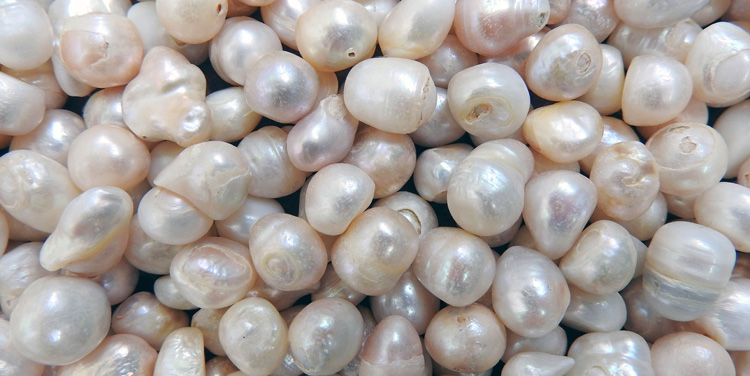
While the above qualities of the pearl are extremely important when appraising pearl jewelry, don't forget to consider the following additional ones.
Origin
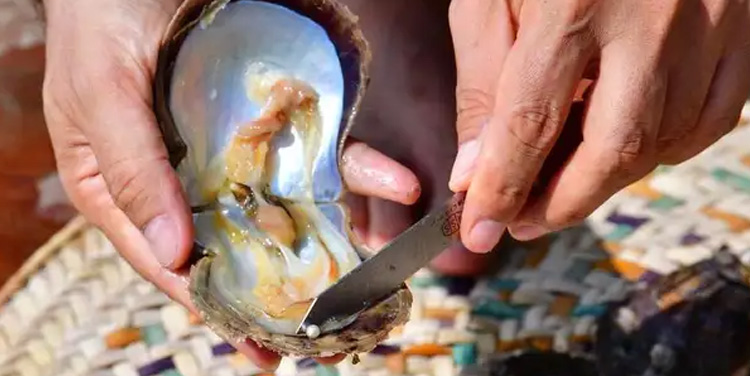
Natural pearls that are born organically in the mollusks are extremely rare and thus command a higher price.
Cultured pearls grow through human intervention and are a common practice nowadays.
These may vary in value depending on their quality. The region of origin of a pearl affects its value.
Pearls that are from certain regions, such as the South Sea or the Persian Gulf, are famous for their exceptional quality and are, therefore, more valuable.
Treatment
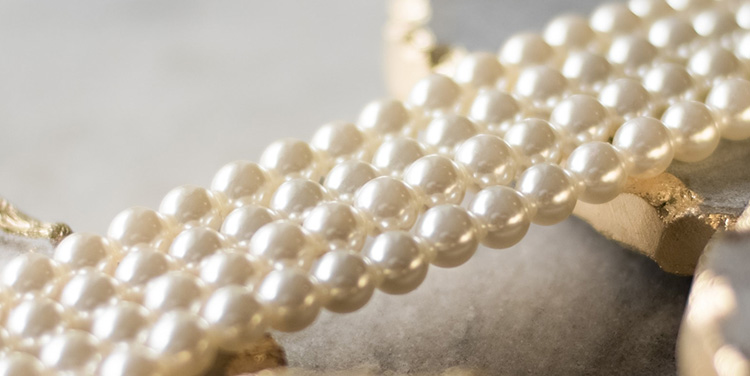
Some pearls are treated in labs to enhance their appearance.
These treatments include bleaching, dyeing, light polishing, or luster enhancement.
While some of them are useful and considered normal, others may decrease the value of a pearl.
Nevertheless, treated pearls are always less valuable than cultured pearls, whether seawater or freshwater.
Jewelry Setting
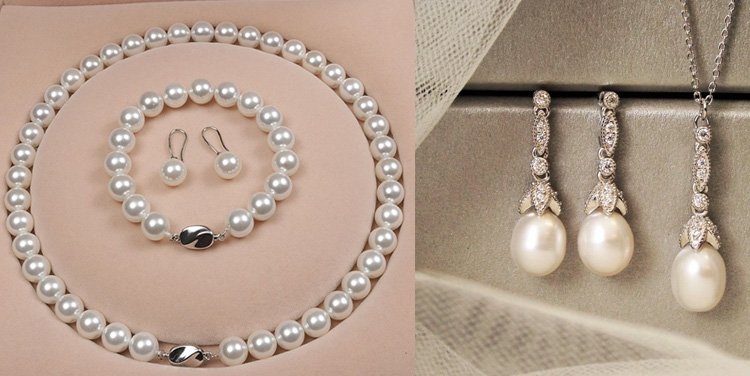
One needs to set a piece of pearl in a frame to wear it.
The setting holds it securely and showcases its beauty, also protecting it from bumps and scratches.
A pearl setting influences how the pearl looks and feels when you wear it.
It can be made using different metals; sometimes, gold and diamonds may be inserted alongside.
Such inclusions and additions take the price of pearls to new heights.
Designer
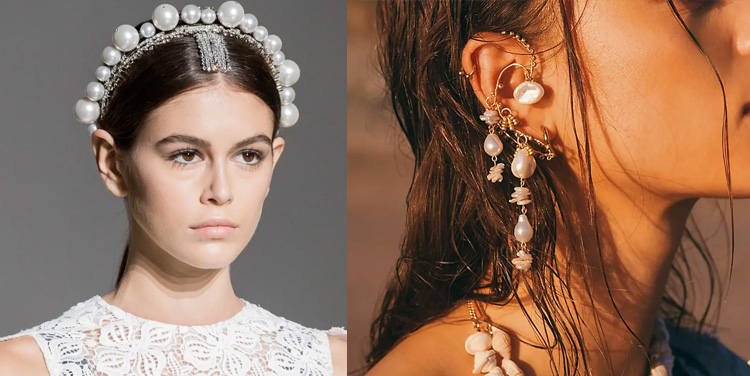
If a renowned designer or brand has created the pearl jewelry, it will have an additional value due to the designer's reputation, craftsmanship, and artistic interpretation.
These combined add a layer of value to the pearl jewelry.
Condition
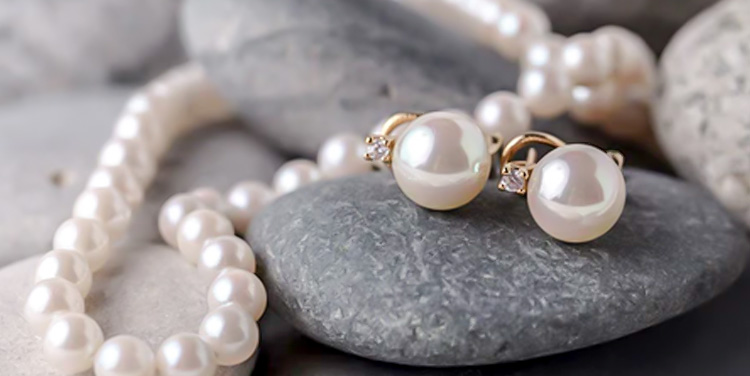
The overall condition of the pearl jewelry is important. Jewellery with damage or wear and tear will have a lower value.
The Value of Melo Pearls and Conch Pearls
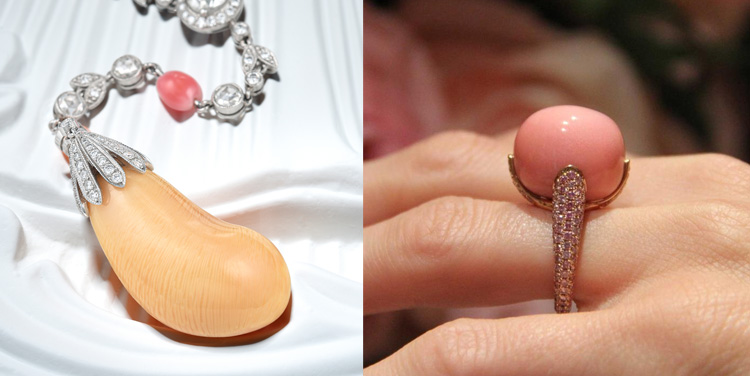
Besides the classic Akoya and South Seas, there are two more valuable pearls: conch pearls and melo pearls.
Melo pearls
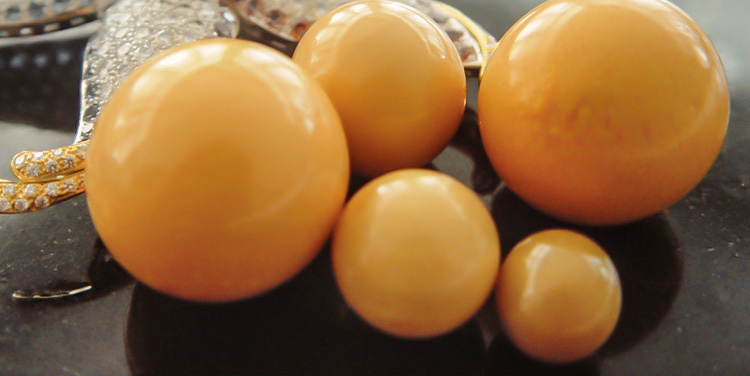
Another super rare gem is a Melo pearl. It is formed inside a giant clam in the Andaman Sea and the South China Sea.
These orange-colored beauties take years to grow, making them super precious.
They have a smooth, fiery glow that makes them look like mini suns trapped inside a shell.
Just like diamonds, their price depends on how big and bright they are.
A large Melo pearl received $722,500 in 2010 at the Christie's auction house, taking them at par with the value of diamonds. Even the smaller ones are amazing and valuable.
Conch Pearls
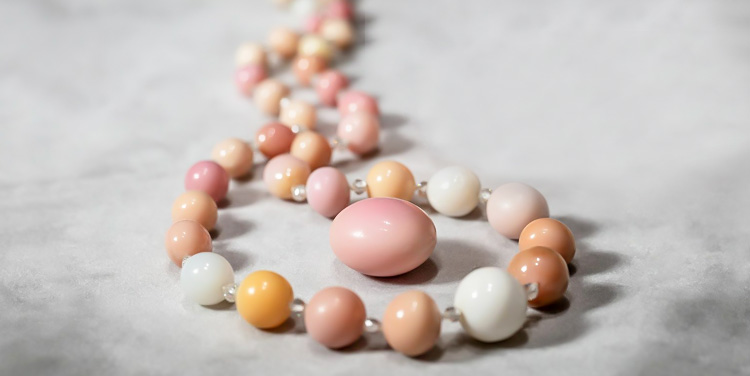
Conch pearls come from a special kind of seashell called a queen conch.
Note that only about one in 10,000 queen conchs will ever make a pearl.
They are made of a mineral called aragonite. This gives them a unique fiery pattern and a soft, almost chalky feel.
Because they are so uncommon, buying conch pearls is not easy. Some big, beautiful ones can even cost thousands of dollars.
They are available in all kinds of cool colors, like pink, orange, yellow, and even brown. The pink ones are the rarest and most valuable.
Conclusion
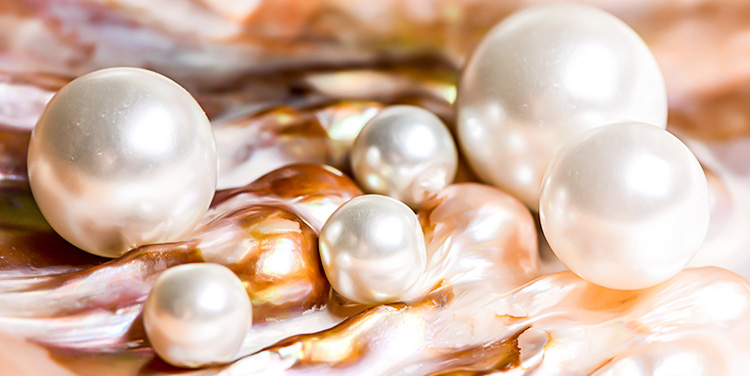
Appraising pearl jewelry is not just about measuring and comparing; it's also about learning the story behind each gem.
Once you understand the key factors like luster, size, shape, and origin, you will gain a deeper knowledge of the pearl's value.
Remember, a flawless, round Akoya pearl will hold a different value than a baroque South Sea pearl, and each is valuable in its unique way.
Pearl Jewellery Value FAQs
Do pearls stay valuable?
Yes. High-quality pearls can hold on to their value well over time.
They possess timeless beauty and are durable, making them valuable investments, e.g., vintage pieces.
What is the shelf life of pearl jewelry?
If you care for your pearl jewelry and give it the right tLC, it can last generations.
For instance, put them on after dressing up, keep them away from perfumes and make products, avoid layering to prevent them from rubbing against each other, and more.
Which pearl color is most valuable?
Golden South Sea pearls with a rich, 22K-24K hue make the most valuable of all the pearl colors.
What is the cost of 1 real pearl?
Several factors are responsible for establishing the cost of real pearls, such as size, shape, color, luster, and more.
While a natural pearl may cost much more than a cultured pearl, the average cost of a pearl is anywhere between $300 and $1500.
Why are sea pearls more valuable?
Freshwater pearls are easier to extract than sea pearls. The latter is also better when it comes to shape, luster, and surface quality.


Leave a Comment